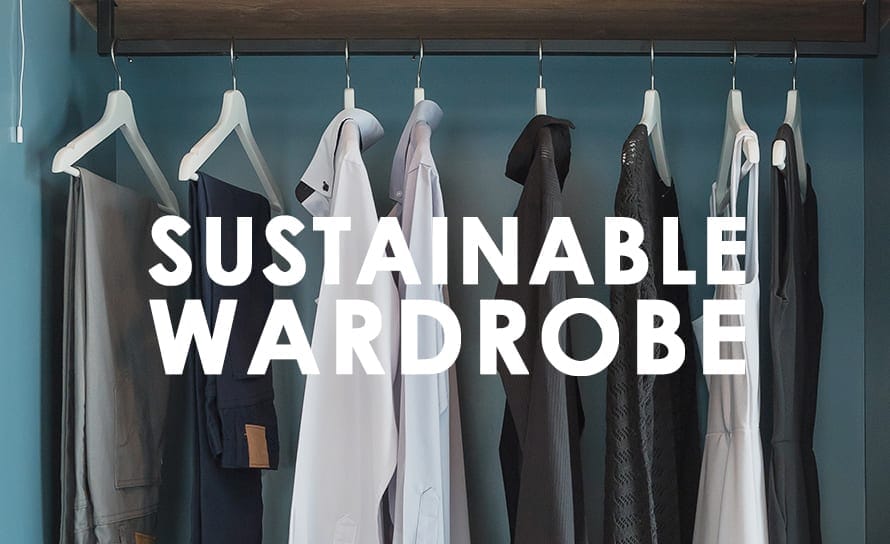Upcycling for a Sustainable Wardrobe
Upcycling involves creatively transforming old or unwanted clothing items into new, stylish pieces. This sustainable practice not only reduces fashion waste but also encourages individual creativity and expression.

Introduction to Upcycling

In a world where fast fashion dominates, the concept of upcycling offers a refreshing alternative. Upcycling involves creatively transforming old or unwanted clothing items into new, stylish pieces. This sustainable practice not only reduces fashion waste but also encourages individual creativity and expression.
Benefits of Upcycling Clothes
Environmental Impact
One of the most significant benefits of upcycling clothes is its positive impact on the environment. By repurposing existing garments, upcycling reduces the demand for new clothing production, which in turn conserves resources and minimizes the carbon footprint associated with manufacturing and transportation.
Cost Savings
Upcycling clothes can also save money for individuals on a budget. Rather than purchasing new clothing items, upcycling allows individuals to breathe new life into their existing wardrobe, eliminating the need for expensive shopping trips and reducing overall clothing expenses.
Creative Expression
Upcycling clothes provides an opportunity for individuals to unleash their creativity and express their unique style. Whether through patchwork, dyeing, or embellishing, upcycling allows individuals to personalize their clothing and create one-of-a-kind pieces that reflect their personality and values.
Methods of Upcycling
Patchwork and Quilting
Patchwork involves sewing together small pieces of fabric to create a new garment or accessory. Quilting techniques can also be incorporated to add texture and interest to upcycled clothing items.
Dyeing and Embellishing
Dyeing old garments can completely transform their appearance, giving them a fresh, vibrant color. Additionally, embellishments such as beads, sequins, or embroidery can be added to elevate the look of upcycled clothing and make them truly unique.
Repurposing and Resizing
Old clothing items can be repurposed for entirely different purposes, such as turning a shirt into a skirt or transforming jeans into a denim jacket. Resizing techniques, such as altering seams or adding elastic, can also ensure a better fit and extend the lifespan of garments.
Examples of Upcycled Fashion
Success Stories and Innovative Designs
Many fashion designers and DIY enthusiasts have embraced upcycling as a means of creating innovative and sustainable fashion. From runway-worthy creations to everyday wear, there are countless examples of upcycled fashion that inspire creativity and promote sustainability.
Tips for Upcycling Clothes
Choosing the Right Garments
When selecting clothing items for upcycling, it's essential to consider factors such as fabric quality, condition, and versatility. Choosing well-made garments with durable materials will ensure better results and longer-lasting upcycled pieces.
Learning Basic Sewing Skills
While advanced sewing skills are not always necessary for upcycling, having a basic understanding of sewing techniques can be beneficial. Learning simple stitches and techniques like hemming, sewing buttons, and seam ripping will enable individuals to tackle a variety of upcycling projects with confidence.
Experimenting with Different Techniques
Don't be afraid to get creative and experiment with different upcycling techniques. Whether it's distressing denim, adding patches, or experimenting with tie-dye, there are endless possibilities for transforming old garments into new favorites.
Promoting Sustainable Wardrobes
Educating Consumers
Raising awareness about the environmental and social impacts of fast fashion is essential for promoting sustainable wardrobes. Educating consumers about the benefits of upcycling and providing resources for learning and inspiration can empower individuals to make more conscious fashion choices.
Supporting Ethical Fashion Brands
In addition to upcycling, supporting ethical fashion brands that prioritize sustainability and ethical production practices is another way to promote a more sustainable wardrobe. By investing in quality, timeless pieces from brands that value transparency and social responsibility, consumers can contribute to positive change in the fashion industry.
Conclusion
Upcycling offers a creative and sustainable solution to the environmental and social challenges posed by fast fashion. By transforming old garments into new treasures, individuals can reduce fashion waste, save money, and express their unique style. Embracing upcycling as a part of a sustainable wardrobe is not only good for the planet but also for personal creativity and self-expression.
FAQs
- What is the difference between upcycling and recycling?Upcycling involves creatively transforming old or unwanted items into new, usable products, whereas recycling involves breaking down materials to create new products.
- Can anyone upcycle clothes, or do you need advanced sewing skills?While basic sewing skills can be helpful, anyone can upcycle clothes with a bit of creativity and experimentation. There are plenty of beginner-friendly upcycling projects that require minimal sewing or crafting skills.
- Where can I find inspiration for upcycling projects?Inspiration for upcycling projects can be found online through websites, social media platforms, and DIY blogs. Additionally, thrift stores, flea markets, and vintage shops can be great sources of inspiration for finding unique materials and garments to upcycle.
- How do I ensure my upcycled garments are durable and wearable?To ensure durability and wearability, it's essential to choose high-quality materials and employ proper sewing techniques. Reinforcing seams, using durable stitching, and selecting appropriate fabrics for the intended purpose can all contribute to the longevity of upcycled garments.
Are there any upcycling challenges or limitations to consider?Some common challenges of upcycling include finding suitable materials, overcoming technical difficulties, and ensuring the functionality and wearability of the finished product. However, with practice and creativity, these challenges can be overcome, and upcycling can become a rewarding and enjoyable pursuit.